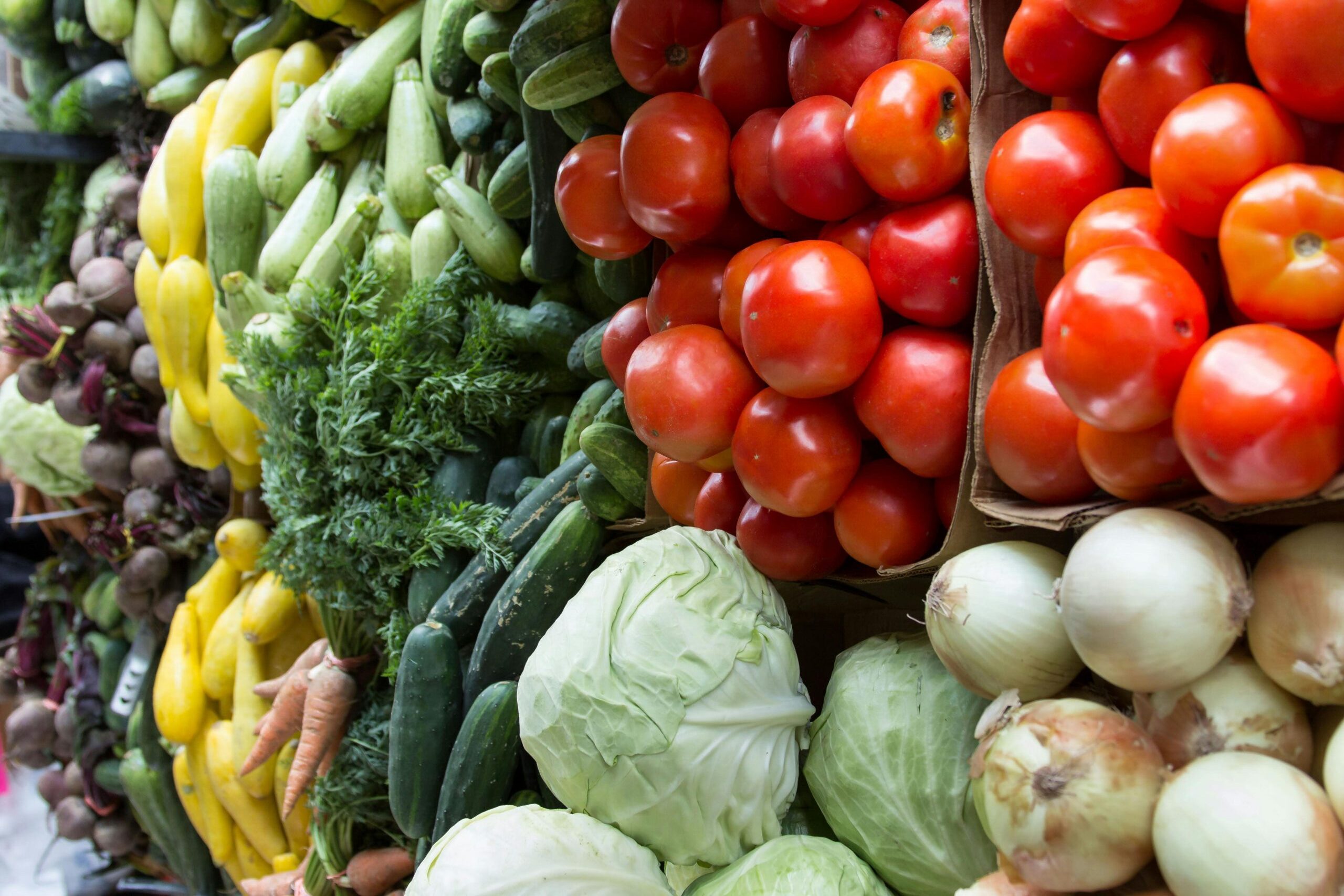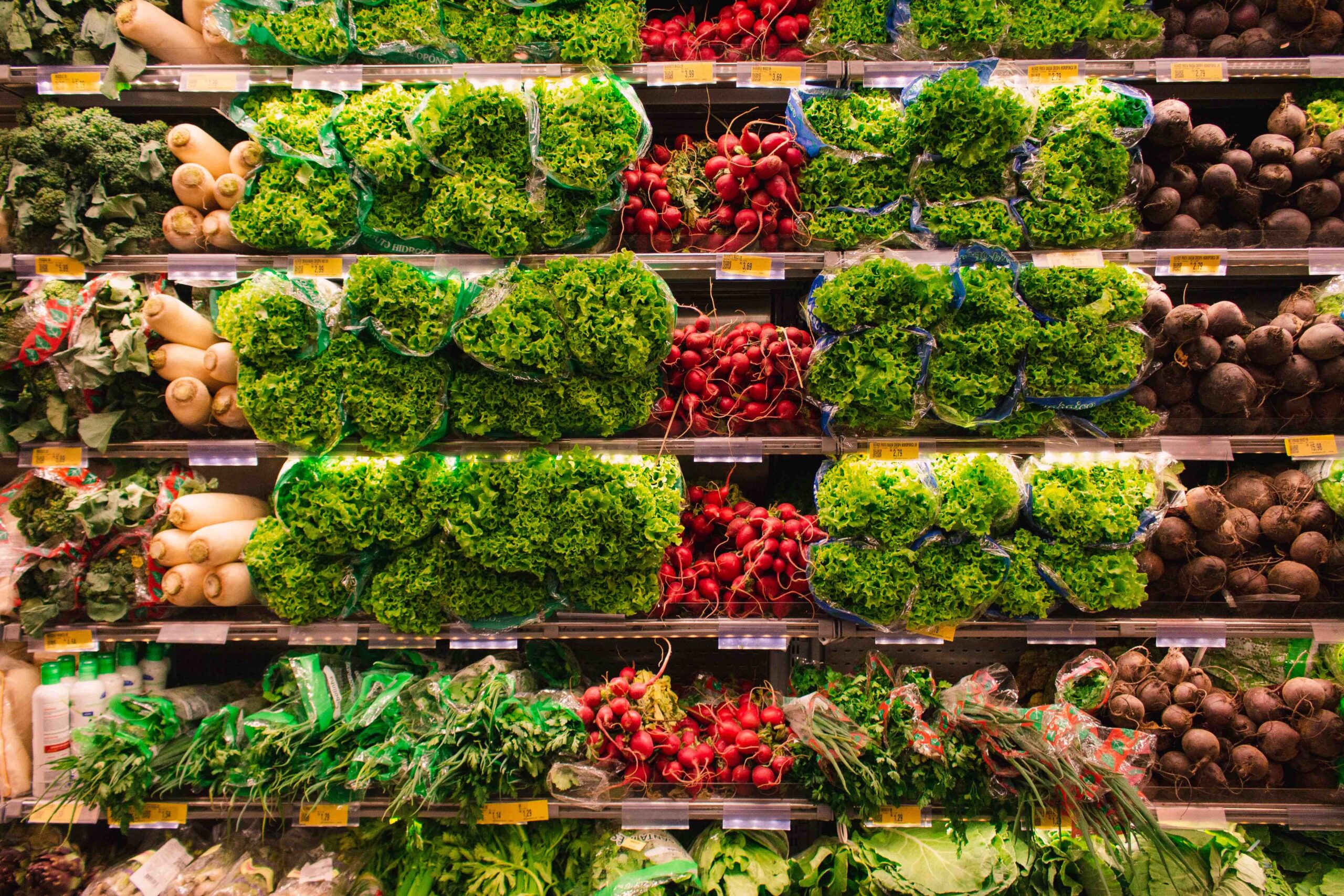In 2025, grain sorghum production for the United States totaled 10.2 million metric tons (MMT). This was led by Kansas, totaling 5.8 MMT, and Texas, 2.64 MMT. Colorado (497 thousand metric tons), Nebraska (494 TMT), and Oklahoma (479 TMT). Aside from a poor production year in 2022, the United States has averaged 9.35 MMT annually.
The U.S. is by far the largest sorghum exporter, followed by Australia and Argentina. In 2024, the United States exported 5.24 MMT of sorghum worth $1.38 billion, with China being the leading importer. From 2020-2024, China imported more than 83 percent of U.S. exported sorghum with an FOB value ranging from $1.32-2.14 billion each year. In 2024, sorghum exports to China from the United States totaled 4.63 MMT and $1.23 billion. Annually since 2020, less than 16.4 percent of U.S. sorghum exports have gone to the rest of the world. In recent years, Ethiopia, Eritrea, Sudan, and Djibouti follow China in terms of volume imported, but none have imported more than 20 TMT since 2020.
The ongoing tariff war has caused a decrease in Chinese imports of many U.S. products, including sorghum. In the partial year through July, only 82 TMT of sorghum have been exported; in the same time period in 2024, more than 3.24 MMT of sorghum were exported. As of July 2025, exports were down 80% when compared to the previous year, with sales to China down 97%. Some of these imports are primarily being substituted by Australia and Argentina. Similarly, in 2018 and 2019, sorghum trade between China and the United States fell but rebounded with the U.S.-China “Phase One” Deal that occurred in 2020. The recent agreement between the U.S. and China could reopen the Chinese market for U.S. sorghum.
World Sorghum Exports, 2013-2024

World Sorghum Imports, 2013-2024

U.S. Sorghum Exports, 2016- July 2025

Sources
Foreign Agricultural Service (FAS). Global Agricultural Trade System (GATS). Online database. Online public database accessed November 2025.
Nguema, Abigail. “Grain and Feed Update.” Foreign Agricultural Services. September 30, 2025.
United Nations Department of Economic and Social Affairs. Comtrade. Online public database accessed November 2025.
USDA Foreign Agricultural Service (FAS). Production, Supply and Distribution Online (PS&DView). Online public database accessed November 2025.













